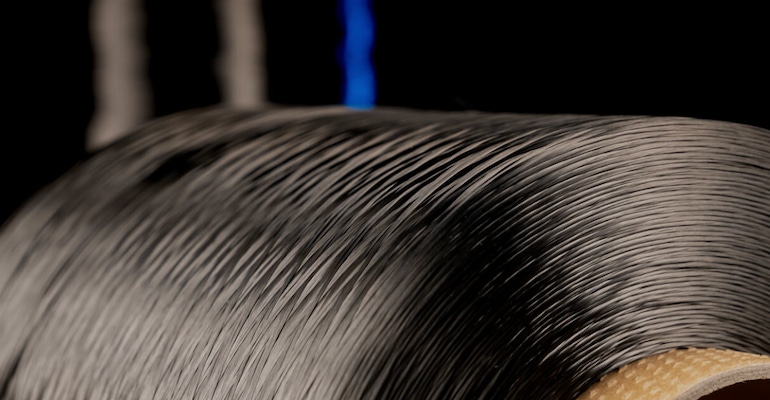Toray Expands Carbon Fiber Production in North America, Korea
Fueled by the ongoing clean energy revolution, the expansions target high-strength carbon fibers with up to 24,000 filaments per tow.
July 21, 2023

Japan’s Toray Industries plans to increase regular tow carbon fiber production capacity at two facilities in North America and Asia. Capital investments will add lines to the Spartanburg plant in South Carolina (Toray Composite Materials America Inc.) and the Gumi plant in Gyeongsangbuk-do, Korea (Toray Advanced Materials Korea Inc.). These investments will increase the Toray Group’s annual capacity by more than 20% to 35,000 tonnes beginning in 2025.
These significant capacity increases are in response to the market situation in the United States and Korea, where demand for pressure vessel applications is rising. Fueled by the ongoing clean energy revolution in hydrogen, natural gas, and other industrial applications, these expansions target high-strength carbon fibers at up to 24,000 filaments per tow. The capacity increases will also complement total supply for other core markets such as aviation.
Toray anticipates demand for regular tow carbon fiber to expand by 17% annually on a decarbonization megatrend driven by growing demand for compressed natural gas delivery vehicles and gas transportation tanks, increasing the need for compressed natural gas, hydrogen tanks, and other pressure vessel applications. This trend will also increase the adoption of regular tow carbon fiber for passenger cars, trucks, trains, and ships that utilize fuel cells.
Toray has made sustainable growth pivotal to Project AP-G 2025, its medium-term management program. Accordingly, the company has positioned industrial applications of its carbon-fiber composite materials business to accelerate measures tackling climate change. Toray said it will fully leverage its comprehensive capabilities in keeping with its corporate philosophy of contributing to society by creating new value and helping to materialize a carbon-neutral economy by 2050.
About the Author(s)
You May Also Like




